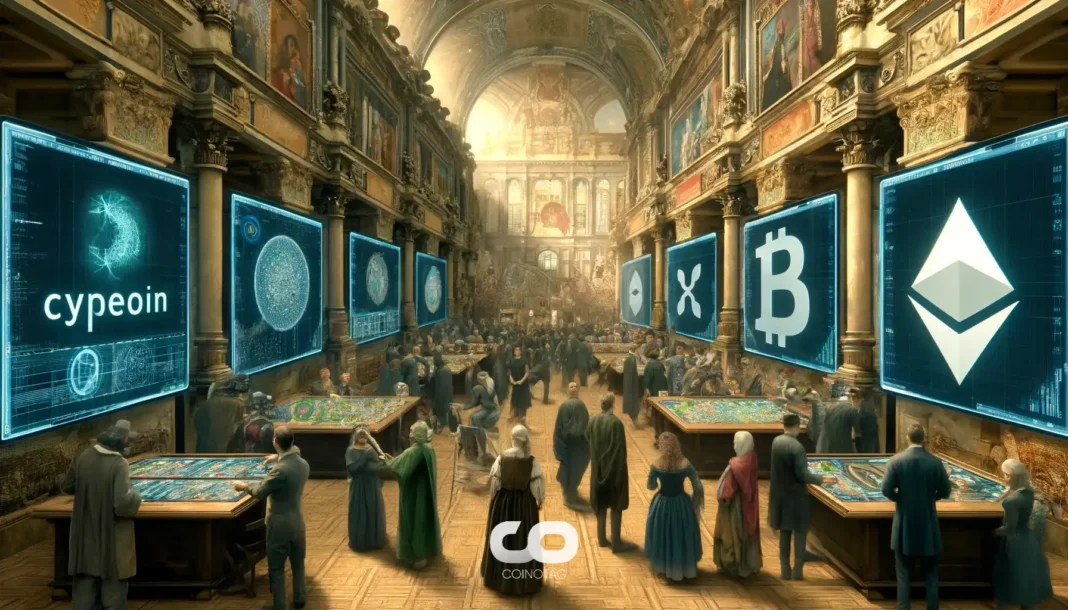-
Pi Network users are increasingly vocal about significant delays and technical hurdles during the migration of their mined PI coins to the mainnet wallets.
-
Despite completing all procedural steps, many users report being stuck in the final migration phases, sparking widespread frustration across social media platforms.
-
According to COINOTAG, missed two-factor authentication (2FA) or email confirmation steps are common causes for migration setbacks, with affected coins temporarily returned to the Pi app for security.
Pi Network migration issues cause user frustration as delays and 2FA complications stall PI coin transfers to mainnet wallets, highlighting transparency concerns.
Migration Delays and User Frustration Impact Pi Network’s Mainnet Launch
The Pi Network’s transition to mainnet has encountered notable obstacles, with a growing number of users reporting prolonged delays in migrating their PI coins. Many miners, despite fulfilling all migration requirements, find themselves stuck in the final stages for months. This stagnation has led to mounting dissatisfaction within the community, as users await access to their tokens. The migration process involves multiple verification steps, including KYC and 2FA, which are critical for security but have also become points of failure for many. The Pi team has acknowledged these issues, emphasizing the importance of completing all steps accurately to avoid migration interruptions.
Technical Challenges: The Role of 2FA and Email Confirmations in Migration
One of the primary technical barriers identified is the two-factor authentication (2FA) verification, which some users report as malfunctioning or requiring re-verification despite prior completion. Reddit and X (formerly Twitter) discussions reveal that users like Yogesh Kshirsagar have faced repeated 2FA verification requests, even after successfully completing the process years ago. The Pi Core Team has advised that missing or incomplete 2FA and email confirmation steps can cause the migration to pause, with the system reverting PI coins back to the app for safety. This safeguard, while necessary, has contributed to user confusion and delays. The community has been urged to carefully review each step to ensure compliance and facilitate a smooth migration.
Community Response and Calls for Greater Transparency
The Pi Network community is divided between long-term supporters advocating patience and those expressing frustration over the lack of clear communication. Many users have reported that even after following all protocols, their migration status remains unchanged, leading to speculation about backend processing delays or system bugs. Some users note that successful migrations typically occur once lock-up periods expire, but bonus distributions and secondary migrations appear stalled pending the completion of initial transfers. This uncertainty has intensified demands for enhanced transparency from the Pi Network team, with users seeking timely updates and clearer timelines to manage expectations effectively.
System Stability Concerns Amid Migration Process
In addition to migration delays, several users have reported issues with their mined PI coin balances not displaying correctly, with loading screens persisting indefinitely. These glitches have raised concerns about potential system bugs or ongoing backend updates affecting wallet synchronization. While some attribute these problems to the complex migration process, others have found that restarting the app does not resolve the issue. The Pi Network team has yet to provide detailed explanations, further fueling community calls for improved technical support and communication.
Future Outlook: Navigating the Path Forward for Pi Network
As the Pi Network continues its mainnet rollout, the resolution of migration challenges remains critical for maintaining user trust and platform credibility. The phased unlocking of PI tokens—where unlocked coins become usable after a 14-day waiting period and locked coins remain inaccessible until the lock-up expires—adds complexity to the process. Users are encouraged to verify all migration steps meticulously and remain patient as the network addresses these technical hurdles. Continued engagement between the Pi Core Team and the community will be essential to foster transparency and facilitate a smoother transition to full mainnet functionality.
Conclusion
The Pi Network’s mainnet migration has exposed significant operational challenges, particularly related to 2FA verification and system stability, causing widespread user frustration. While the project emphasizes patience and security, the community’s demand for clearer communication and faster resolution is growing. Moving forward, the Pi Network’s ability to address these issues transparently and efficiently will be pivotal in sustaining user confidence and advancing its blockchain ecosystem.






